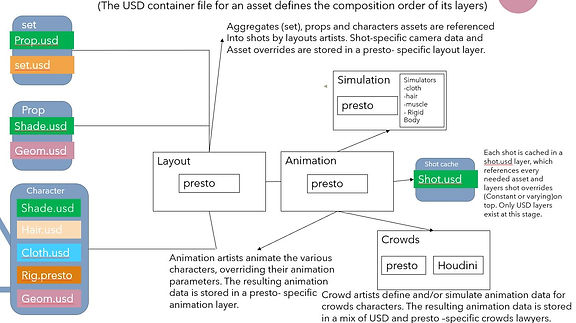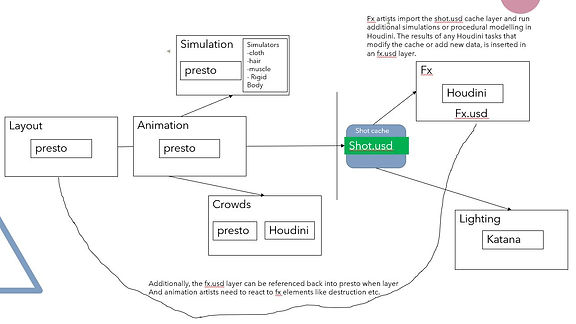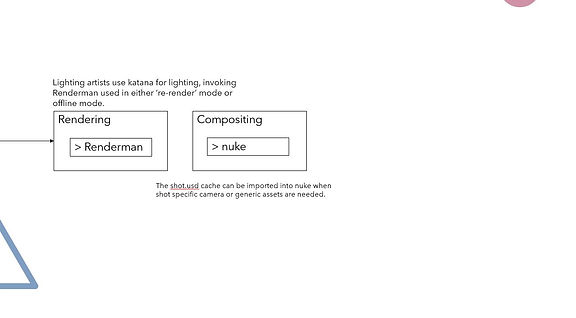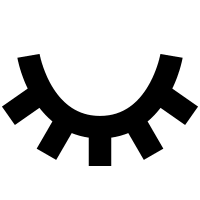
universal scene description
what is it?
USD provides for the interchange of elemental assets (e.g models) but additionally enables assembly and organisation of any number of assets into higher-level concepts, such as scenes or shots. These assets can be non-destructively edited or modified through layering that can then be transmitted between applications (M. Bolstad,2019)
Now for the more integral and more complicated parts of Universal Scene Description. Pixar Animation Studios announced today its intent to release its USD software as an open-source project by summer 2016. USD addresses the ever-growing need in the CG film and game industries for an effective way to describe, assemble, interchange, and modify high-complexity virtual scenes between digital content creation tools employed by studios (Open Source Announcment. 2015)
USER EXPERIENCE
We’ve already explored how USD is set to have a seismic impact on the VFX industry, following in the wake of game-changing contributions made by open standards like Alembic and OpenEXR, covered here (Foundry. 2019). However, there are some seemingly negative reviews of the software. Universal Scene Description makes editing in scene graphs slightly more complicated. As an artist, you’d probably expect to be able to edit seamlessly up and down the hierarchy of a scene—but the introduction of USD doesn’t make this straightforward. In addition to this If USD files do get moved or deleted, it can lead to lengthy scene clean-ups, which may prove detrimental to a project’s workflow and deadlines if not factored in. Thus the file management of USD data, when it comes to additions and subtractions, is a key aspect of any future USD pipeline a studio might build. (Foundry,2019).
My project in regards to usd
Workflows
As i projected in my initial research proposal I want to explore the use of Universal Scene Description and whether it is taking over the visual effects world or even if it is going to change minor aspects of the workflows used by visual effects artists. I then will create a scene made in Autodesk Maya, entirely in the style of Disney Pixar, and then utilize the plugin, USD. From here I will undergo several experiments and testing with this plug and investigate my findings to answer my methodology. I believe that this project is important to future visual effects companies, freelance artists, and Maya software in general. This is because from my initial research of USD I have found that the downfall for Maya is that it takes too long to set up a project and is not easy enough for new starters to pick up if you have not been educated in the software. . I aim to critically analyse Pixar’s universal scene description (USD) and to outline plugins like this and how they affect and change the visual effects industry and their workflows. The testing of this plugin will begin in Maya. USD is the core of Pixar's 3D graphics pipeline, used in every 3D authoring and rendering application, including Pixar's proprietary Presto animation system. Thus, meaning that this pipeline will have to be imputed before any work has begun. My methodology is to create a complex Maya scene, with fully rigged characters from Zbrush, effects animation, look development assets, and to be fully rendered out in Maya using Arnold and Renderman. All of which will be created using the USD plugin, this plug of which is the first publicly available software that addresses the need to robustly and scalably interchange and augment arbitrary 3D scenes that may be composed of many elemental assets. (Introduction to USD,2020) hence why I will be creating several assets from different software and creating a large project.







